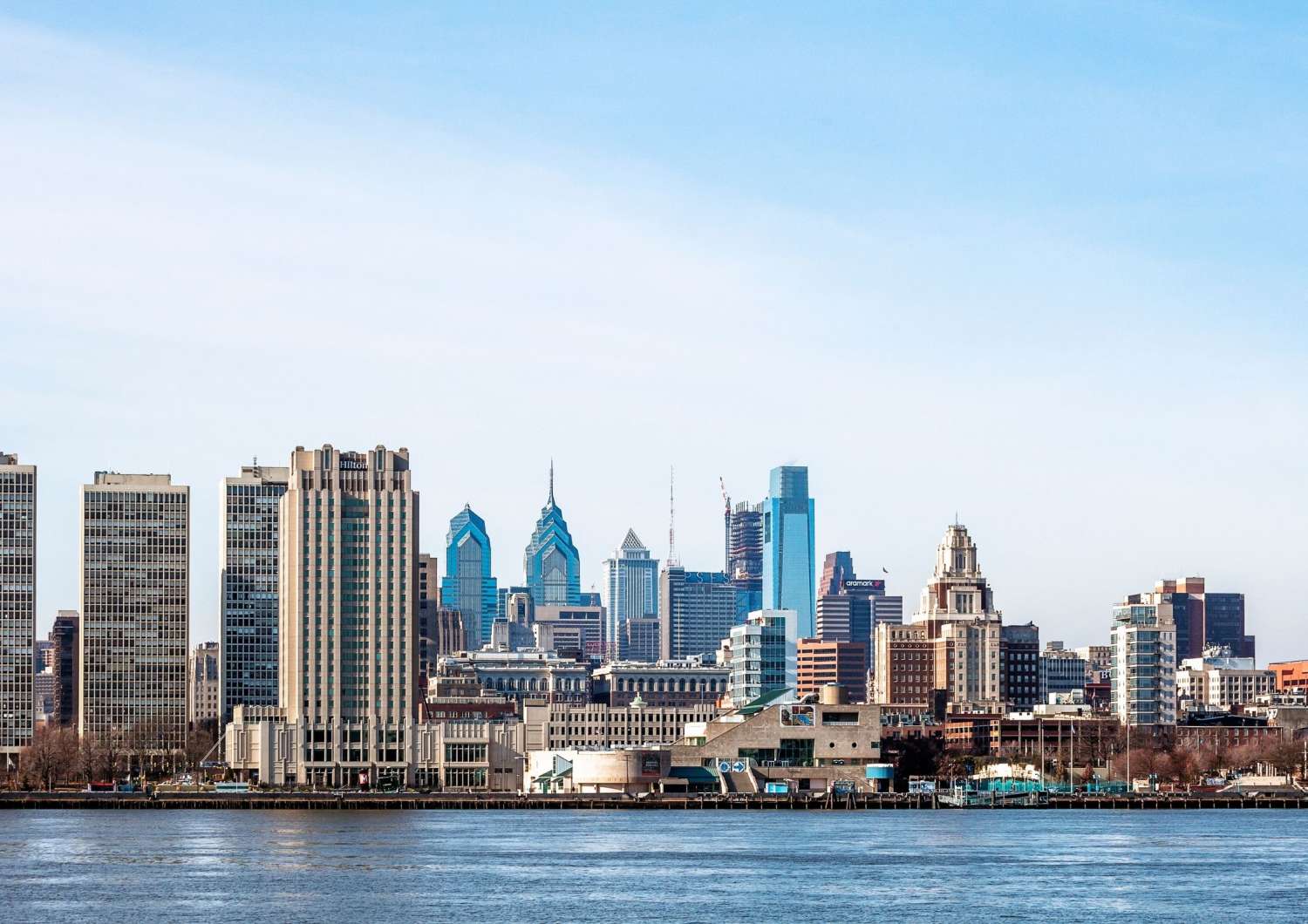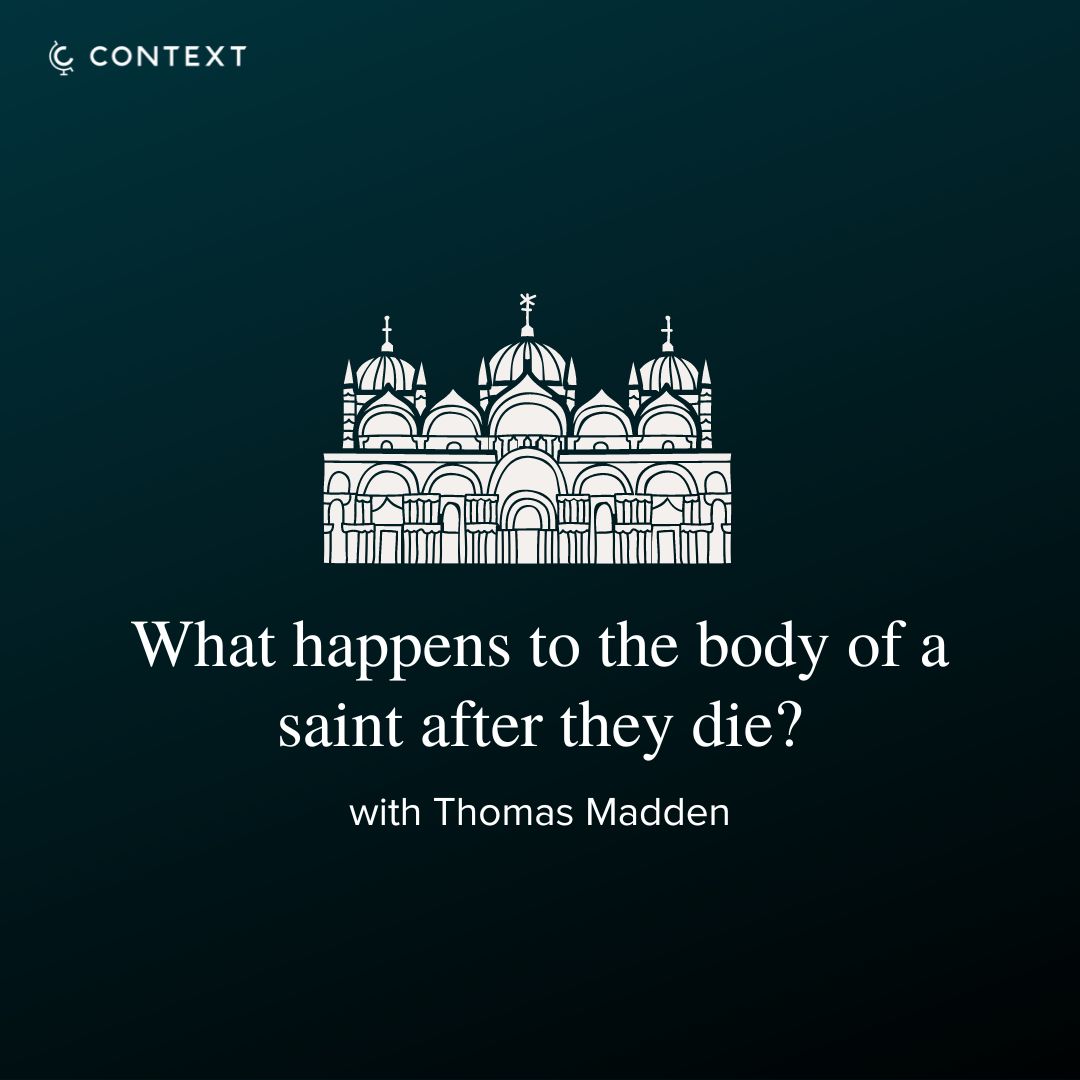Iconic Architecture of Philadelphia

The emblematic Philadelphia skyline
Philadelphia, the birthplace of the country and the cheesesteak, is often overlooked as a center of historic and iconic architecture. Here’s a smattering of some of our favorite buildings in the city. What are yours?
![]()
![]()
Perhaps one of the most iconic buildings in the city, the Philadelphia Museum’s main building sits atop Fairmount hill at the base of the Benjamin Franklin Parkway. Constructed in 1919 by the firm of Horace Trumbauer and aptly nicknamed the “Temple on the Hill”, its neoclassical design echoes an ancient Greek temple of epic proportions. It is constructed of Minnesota dolomite and features glazed blue roof tiles with finials and pediments. Of particular importance is the tympanum in the pediment of the North Wing, which features free standing polychrome sculptures of the Greek gods and goddesses. The roof is adorned with bronze Griffins, which are now the symbol of the Museum. The museum houses an enormous collection of over 200,000 works of art and is one of the most prestigious in the country.
![]()
Sometimes the most stunning architecture is found in unlikely places. We love these original stained glass windows on the facade of the former Princeton Club on Locust Street. The building now houses a high-end vegetarian restaurant called Vedge.
![]()
The townhouses along affluent Delancey Place in the Rittenhouse section of the city are rife with delicate architectural details. Buildings to look out for: no. 1810, no. 1823, and our favorite, no. 1821, which features leaded and stained glass windows. Visiting the Rosenbach Museum (no. 2010), a literature museum, provides an opportunity to examine the interior of one of these gems.
![]()
One of the few remaining of the Rittenhouse Square mansions, designed and constructed in 1904 by Charles Klauder. It has been the home of the Philadelphia Art Alliance, an exhibition space for literary, visual, and performing arts, since 1915.
![]()
The Philadelphia Saving Fund Society (PSFS) Building, constructed in 1932, is one of the most important US skyscrapers designed in the first half of the twentieth century, as it was the first of its kind. Designed in the minimalist International Style, the building presented a stark contrast to the ornamentation that was popular in civic architecture of the time. It was only the second skyscraper to feature central air conditioning and its unique T-shape allowed for maximum natural light. The illuminated PSFS sign atop the tower has become one of Philadelphia’s most recognizable icons.
![]()
The Pennsylvania Academy of the Fine Arts’ celebrated landmark building was designed in 1870 by Philadelphia architects Frank Furness and George Hewitt. The building is one of the best surviving examples of architecture in the Victorian Gothic style, which is characterized mainly by polychrome decoration and delicate gothic detailing. The building is located on Broad Street, just north of City Hall, and houses a stunning collection of 19th century art.
![]()
One of our favorite buildings in Philadelphia is the Union League building, constructed in 1865. The Union League of Philadelphia was the first of its kind, established in 1862 as a society in support of the Union and the policies of President Abraham Lincoln. Its permanent home was designed by architect John Fraser in the French Renaissance style, featuring an ornate brick and brownstone facade and twin circular staircases leading to the main entrance. It also features one of the earliest examples of the mansard roof in Pennsylvania. Additions to the building were made in 1910 and 1911 by architect Horace Trumbauer in the Beaux-Arts style, and brought the size of the building to an entire city block. The building is listed on the National Register of Historic Places. Union League image courtesy of http://iconicfacades.blogspot.com
![]()
Built in 1857 by the architecture firm of Napoleon LeBrun and Gustavus Runge, the Academy, known as "the Grand Old Lady of Locust Street," is the oldest opera house in the US still used for its original purpose. Modeled after La Scala in Milan, the interior is ornately decorated in the neo-baroque style, and features an “open horseshoe” shape, allowing for maximum visibility of the stage. It is the official home of the Pennsylvania Ballet and the Opera Company of Philadelphia, and was the home of the renowned Philadelphia Orchestra until 2001, when the state-of-the-art Kimmel Center for Performing Arts was built just down the street as part of the development of South Broad Street’s Avenue of the Arts. The Academy is a National Historic Landmark.
![]()
Philadelphia’s City Hall, on which construction was begun in 1871 and finished in 1901, is situated in one of the original five squares laid out by William Penn (the other four are Rittenhouse Square, Washington Square, Logan Square, and Franklin Square). At 548 feet tall it is the world’s tallest masonry building, and it was the tallest building in Philadelphia until the skyscraper Liberty Place was completed in 1987 (until this time, a gentlemen’s agreement held that no building should exceed the height of the William Penn statue atop the building’s dome). It was designed by Scottish-born architect John McArthur, Jr. in the Second Empire style.
Even More from Context
We're Context Travel 👋 a tour operator since 2003 and certified Bcorp. We provide authentic and unscripted private walking tours and audio guides with local experts in 60+ cities worldwide.
Search by CityKeep Exploring












